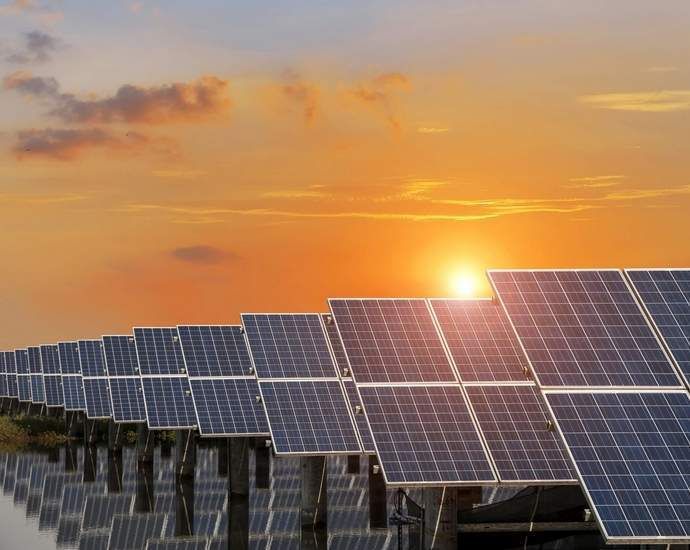After months of planning, assessment, and installation, connecting your solar system to the electrical grid marks the final and most critical step in residential solar installation. This stage allows your solar panels to feed excess energy back into the grid, earn credits, and ensure uninterrupted power supply when sunlight is insufficient. Understanding the process, requirements, and safety measures ensures a smooth transition from Solar Panel Installation Derby to full operation.
1. Understanding Grid Connection
A grid-tied solar system is designed to interact with your utility company’s electrical network. Unlike off-grid setups, grid-connected systems:
-
Provide power to your home while excess electricity is exported to the utility grid.
-
Allow homeowners to earn credits through net metering programs.
-
Ensure energy availability during nighttime or cloudy days.
The connection process must comply with local utility standards, electrical codes, and safety regulations.
2. Utility Approval and Documentation
Before connecting, your utility company must approve your system:
-
Interconnection Application: Submit detailed plans showing system size, inverter type, and safety features.
-
Inspection Reports: Most utilities require inspection of both the solar system and the home’s electrical panel.
-
Net Metering Agreement: Outlines how excess electricity will be credited and ensures the system is safely synchronized with the grid.
Delays often occur if documentation is incomplete, so working closely with your installer is crucial.
3. Electrical Preparations
Grid connection requires careful preparation of the home’s electrical system:
-
Service Panel Capacity: Ensure your main panel can accommodate the additional circuits for the solar inverter.
-
Disconnect Switches: Install AC and DC disconnects to safely isolate the solar system for maintenance or emergencies.
-
Grounding: Proper grounding and surge protection protect both your system and your home from electrical faults.
These steps ensure safe and code-compliant integration with the utility grid.
4. Inverter Synchronization
The inverter is the key component that converts DC electricity from solar panels into AC electricity compatible with the grid:
-
Grid-Tie Inverter: Synchronizes output voltage and frequency with the utility grid.
-
Safety Features: Modern inverters include anti-islanding protection, preventing power backflow during outages.
-
Monitoring: Many inverters allow homeowners to track energy production and grid interaction in real-time.
Proper inverter setup is critical for both system performance and safety.
5. Inspection and Testing
Before energizing the system, inspections verify that the installation meets all standards:
-
Electrical Inspection: Confirms wiring, grounding, and breaker installations are correct.
-
Structural Inspection: Ensures panels and mounts are secure.
-
System Testing: Checks inverter functionality, voltage synchronization, and safety mechanisms.
Passing inspection is mandatory before the utility grants permission to connect.
6. Meter Installation and Activation
Once approved, your utility installs or upgrades the meter to record both consumption and production:
-
Net Metering Meters: Track electricity exported to and imported from the grid.
-
Smart Meters: Provide real-time data, allowing accurate billing and system monitoring.
-
Activation: The system is officially energized, enabling you to generate and use solar electricity.
Homeowners should confirm meter readings and inverter displays to ensure proper operation.
7. Post-Connection Monitoring
After grid connection, ongoing monitoring is essential:
-
Energy Production Tracking: Verify the system is generating expected output.
-
Grid Interaction: Monitor net metering credits and system efficiency.
-
Maintenance Checks: Periodic inspections of panels, inverters, and wiring maintain peak performance.
Many monitoring apps provide alerts for system faults or performance drops, enabling quick resolution.
Conclusion
Connecting your residential solar system to the grid is the culmination of careful planning, installation, and inspection. From utility approvals to inverter synchronization, each step ensures safe, reliable, and efficient energy generation. By understanding the process and adhering to safety and regulatory standards, homeowners can maximize the benefits of their solar investment—reducing electricity bills, contributing to renewable energy, and enjoying a seamless transition to sustainable power.

